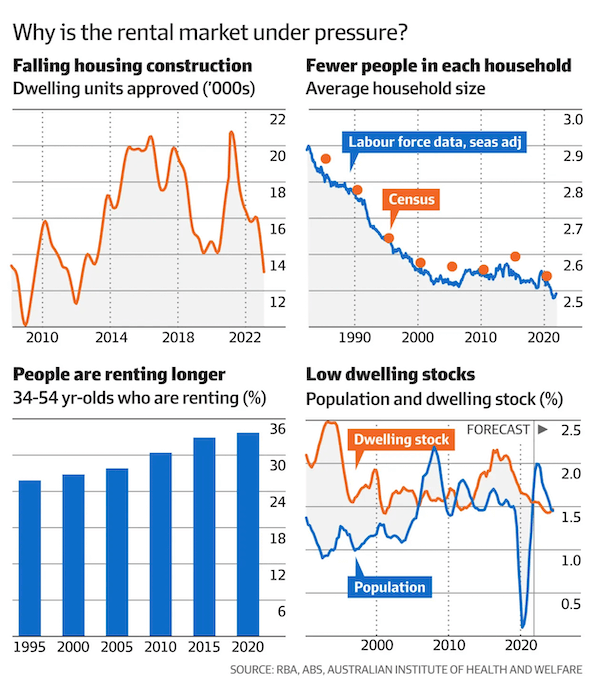There has always been a friendly banter between the residents of Sydney and Melbourne as to which is the best city to live in. Whilst Sydney sits arrogantly (and justly) on its beauty, not even bothering to enter the argument, Melbourne continually wins the accolades.
And now, Melbourne has beaten Sydney in the population numbers as well, which is something we haven’t seen since 1905. The Victorian Government predicted about 15 years ago that it would break the 5 million mark by 2030 but it smashed that target in 2019 and currently sits at over 5.2 million.
According to The Guardian, “Melbourne’s growth had been outpacing Sydney’s for much of the last decade, in part due to international and internal migration patterns that favoured the southern city.”
The city is also benefiting from massive infrastructure investment of $109 billion to meet the current and forecast population growth. Projects include Airport Rail Link, Northeast link and the Melbourne Metro Tunnel plus the biggest hospital project in Australia’s history. This includes a new Arden medical precinct being built along with significant upgrades to the Royal Melbourne Hospital and Royal Women’s Hospitals.
Infrastructure is a key indicator that we look for when researching investment opportunitites, as this is a major driver of economic growth. This is due to:
- job creation during construction
- job creation once completed
- additional essential services available for local residents
- increased trade and investment
- greater demand for housing, driving up property values, rental yield and rental demand.
Melbourne is also facing a rental crisis, similar to other capital cities. The Australian Financial Review states, “Treasury forecasts an influx of 650,000 migrants between this financial year and the next, as the reopening of Australia’s borders prompts the return of international students, working holidaymakers and skilled migrants, who are in high demand thanks to a chronic shortage of workers… The migration surge is bad news for renters in Sydney and Melbourne, where property markets are expected to bear a disproportionate share of the burden of the influx, given their popularity with international students.”
The graphs below illustrate why the rental markets are under such great pressure nationally.

So, all of this is the perfect storm for investors to find the property that matches your investing strategy, in a location that meets all the fundamental investing requirements, at a price point that meets your budget.
Right now, we are recommending selective pockets of Melbourne due to these fundamentals of rental demand, property price and rental yield.
Please get in touch if you would like to discuss these properties or your investing plans.





